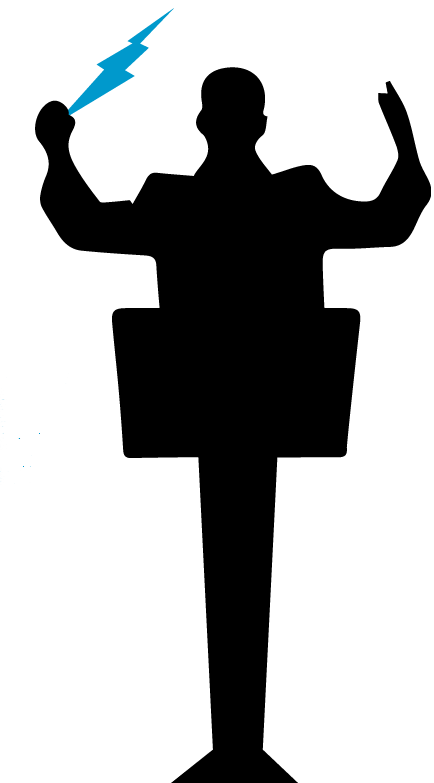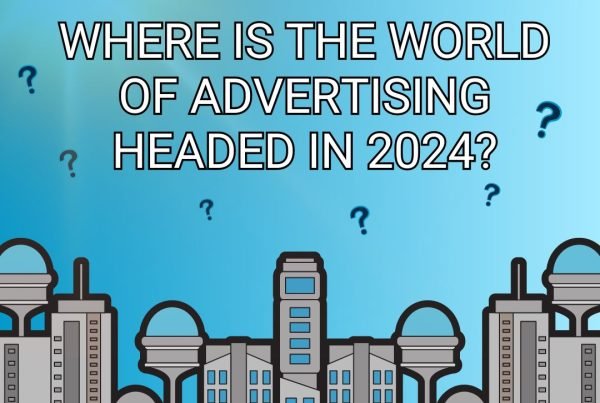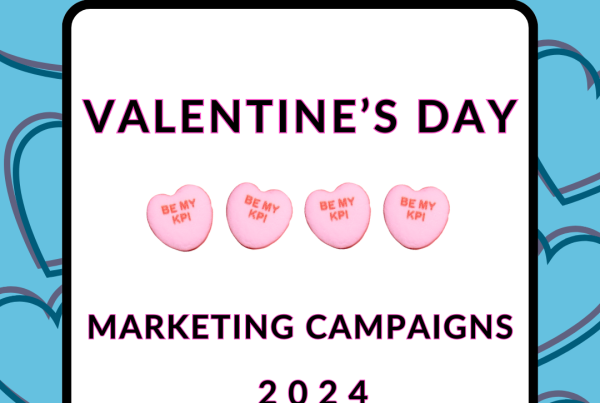The Barbie movie premiered on July 21, 2023 and the marketing campaign took the world by storm, reeling in $356 million worldwide in opening weekend. Movie marketing hasn’t been this exciting in a while, and there is a lot marketers can learn and take inspiration from in this pink and sparkly campaign.
The Campaign
The Barbie movie’s overall strategy was rooted in experiential activations that were a strong catalyst for consumer excitement. The approach was rooted in product partnerships and experiences, which allowed their consumers to feel as if they were part of the movie. There were over 100 brand deals, including Crocs, luggage, pool floats, home decor, dog accessories, clothing from different brands, Impala roller blades, even bright pink silk pillowcases.
The budget for this campaign was reportedly $125-150 million. This budget is industry standard, according to Abigail Shapiro, a US marketing manager at a programmatic lifecycle marketing firm, Crimtan. A lot of this budget was spent on partnerships to benefit the partner brand and Barbie. Josh Goldstine, president of worldwide marketing at Warner Bros, did an interview with The Guardian about the movie. When asked about the budget, Goldstine commented that:
“Opening a movie really is a little bit like running a presidential campaign, because you have to have everyone show up on opening weekend and the opening weekend really drives so much of the business. The reason that people have been speculating such high numbers is because the campaign became so ubiquitous and was everywhere, and people thought we paid for that. Everyone started wearing pink. All these outside brands came and wanted to partner with us. But that wasn’t because we spent so much more than a normal movie. It’s because the movie spoke to the culture.”
His favorite part of the campaign was the Google partnership, where pink sparkles would appear around text after searching for Barbie, lead actress and actor Margot Robbie or Ryan Gosling, as well as director Greta Gerwig.
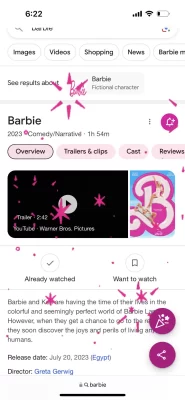
His favorite part of the campaign was the Google partnership, where pink sparkles would appear around text after searching for Barbie, lead actress and actor Margot Robbie or Ryan Gosling, as well as director Greta Gerwig.
Real Life Experiences
Another dominant component of Barbie’s campaign was experiential marketing. Experiential marketing is a process for brands to connect with customers through experiences, such as pop-up stores and virtual events. A lot of this campaign’s events or pop-ups went viral as well, generating more buzz and people to visit. Experiential marketing allows the audience to participate in activities that reflect the brand. This was well received by the audience because who wouldn’t wanna live like a Barbie? Some things around the movie were an Airbnb real Malibu Barbie Dreamhouse, Barbie boat cruise, pop-up cafes in Chicago and New York City, an online movie poster generator similar to one featuring Margot Robbie, and an appearance of their roller skaters at the DC Pride Parade.
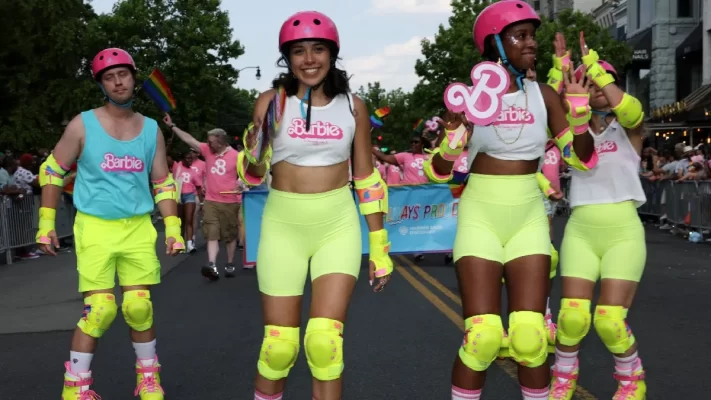
What We Can Learn From Barbie
Firstly, collaborations with other brands in creative ways work. Their campaign included a lot of branded apparel partnerships that people wore to see the movie in person. Marketers seem to have found a creative way to reach new customers through their brand and customer deals with Barbie.
Immersive experiences are important to help your brand stand out in a world full of digital content. These also led to generating online buzz and viral social media posts. This worked for Barbie because their audience who played with the dolls as children were able to experience what it would feel like as a Barbie. These experiences got people excited to go to the theater to see the movie, not just watch it on streaming.
Traditional channels mixed with creativity and innovation will generate buzz. Barbie used a lot of traditional channels for a movie such as trailers and teasers as well as some that were more clever than usual. One example of this would be a pink billboard that was spotted with nothing but “July 21” printed on it in the iconic Barbie font.
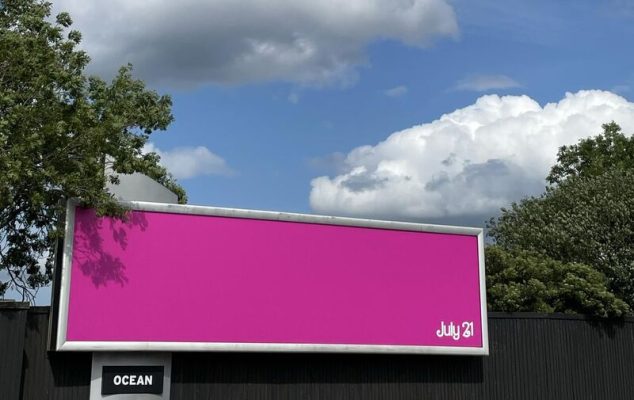
A major contributor to the success of the campaign was the existing brand awareness of Barbie. As a result of the years invested in driving positive recognition, Barbie movie creators were able to capitalize on familiar visual and linguistic attributes to reposition their messaging in a way that resonated with a new age of consumers. While many other brands do not have the luxury of 64 years of awareness and nostalgia to build campaigns off of, the notion that success at the bottom of the funnel is rooted in a well established top of the funnel reigns true here.
The final important lesson that can be learned is that nostalgia grabs people’s attention. A lot of the Barbie movie ads were associated with the traditional version of the toy which helped appeal to multiple generations of potential audience. Nostalgia combined with the experiences led to a good feel from the audience and got them excited to attend the movie.
———————————————————————————————————-
ESM is a media partner that helps brands and agencies uncover unique value in marketing investments. We believe the most successful media campaigns interweave the art of past experience with the science of data analytics. ESM offers end to end media planning, activation, and reporting services. The agency’s tech stack provides a connective thread across all channels, but as a team we emphasize the importance human experience plays in predicting outcomes. Whether it’s traditional, digital, or emerging media, the knowledge ESM has gained from running campaigns that are large, small, geographically diverse, with different KPIs, goals, and assets gives us a strong library of learnings to apply to future activity.
